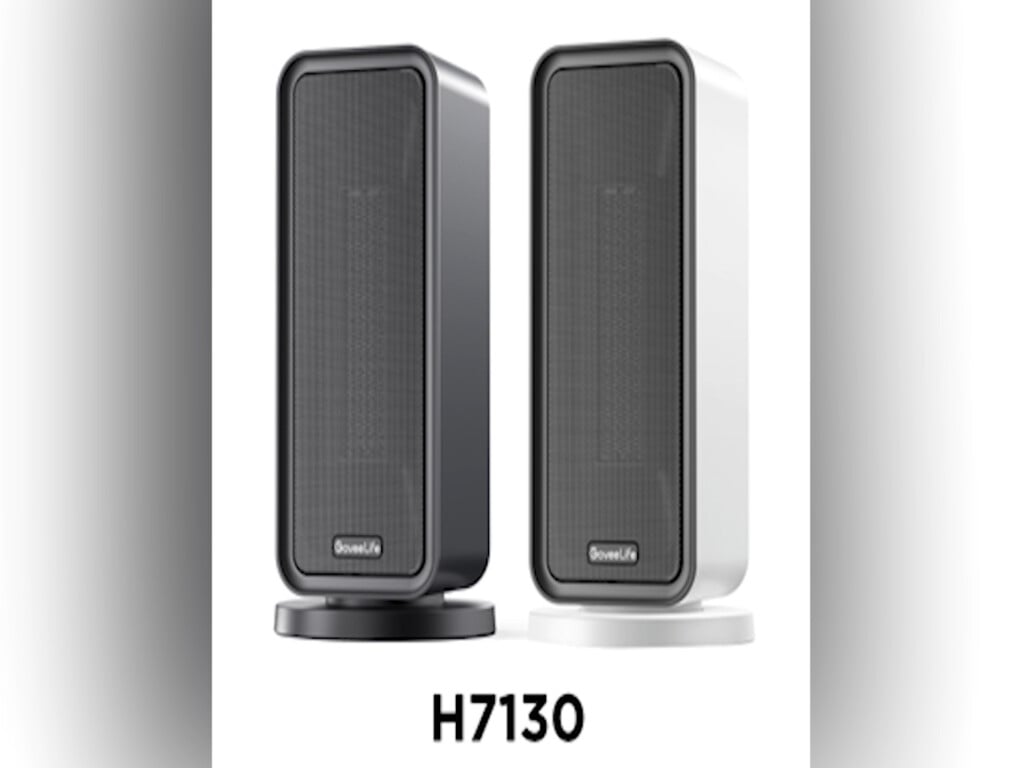State’s Jobless Rate No longer Nation’s Worst
By Jeff Amy/Associated Press
JACKSON – Mississippi no longer has the highest unemployment rate in the nation in August, according to figures released Friday by the U.S. Labor Department.
The Mississippi unemployment rate fell to 7.9 percent in August, breaking a string of three straight monthly increases. That’s compared to 8 percent in July and 8.6 percent in August 2013.
Georgia had the worst jobless rate at 8.1 percent. Mississippi’s was second-worst.
A separate survey shows employer payrolls also fell, another indicator of a plodding state economy.
The report found 99,700 Mississippians were unemployed in August, down about 2,000 from July and below the August 2013 number of about 110,000. The number of Mississippians who said they had a job fell in August, but the number of people saying they were looking for work fell faster, driving down the number of jobless people and the unemployment rate.
Jobless rates rose in 24 states, fell in 15 and were unchanged in 11. North Dakota retained the nation’s lowest jobless rate at 2.8 percent.
The national unemployment rate fell to 6.1 percent in August from 6.2 percent in July. That’s lower than the 7.2 percent rate in August 2013.
The unemployment rate is calculated by a survey that asks how many people are looking for a job. A second survey each month asks employers how many people are on their payrolls, a measure many economists use as their top labor market indicator.
Mississippi’s nonfarm payrolls fell by 4,600 in August to 1.12 million. Payrolls were about 7,000 higher than in August 2013.
The decrease left the state with 3.9 percent fewer workers now compared to its all-time high in February 2008.
Government was the only sector of Mississippi’s economy where payrolls increased in August, falling in all seven of the broad private sector divisions that are measured.
The broadest measure of those who are unemployed averaged 13.6 percent in Mississippi from July 2013 through June 2014, the most recent figures released. That includes people looking for work only sporadically, who have given up looking or who work part time because they can’t find a full-time job.
Nationwide, that broad measure averaged 12.9 percent during the same period.





Leave a Reply